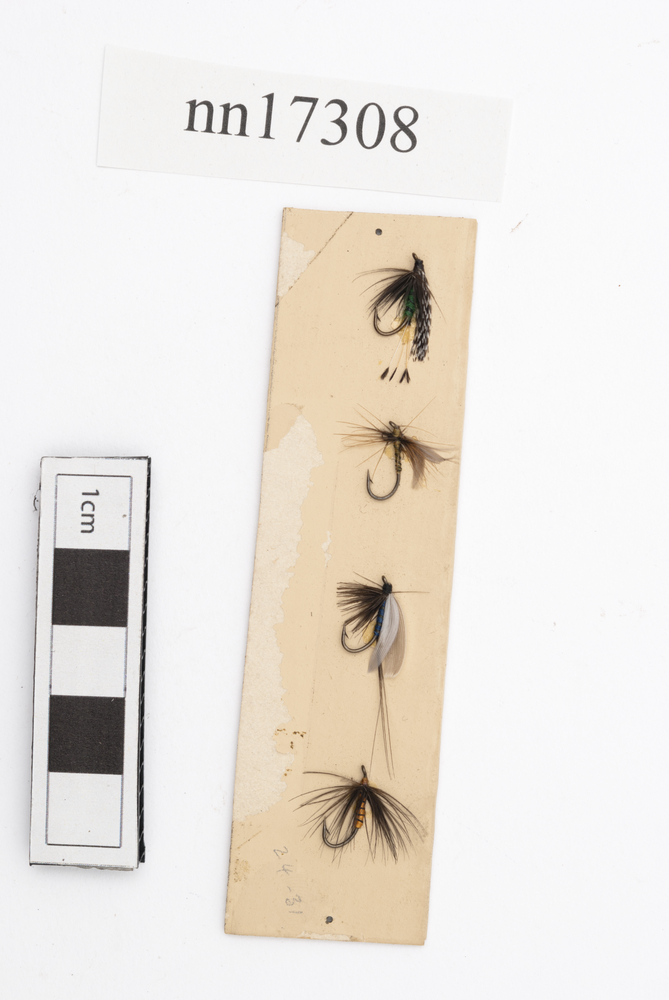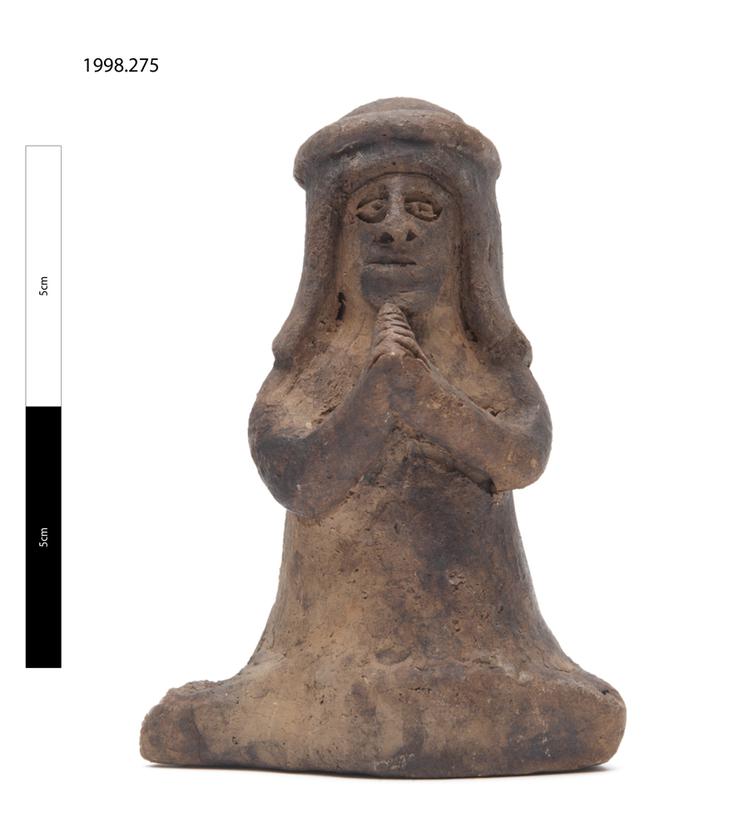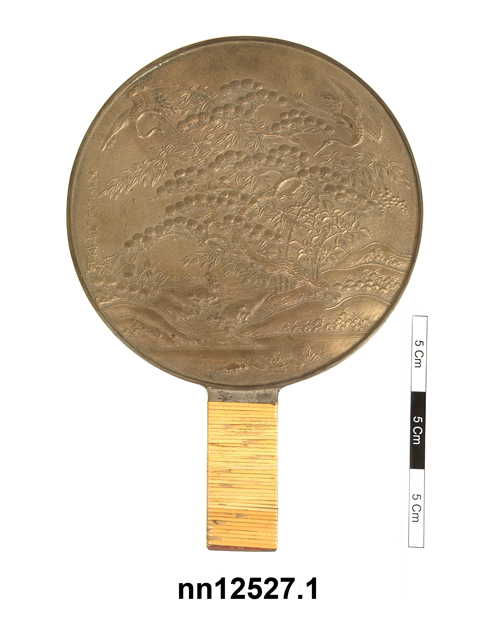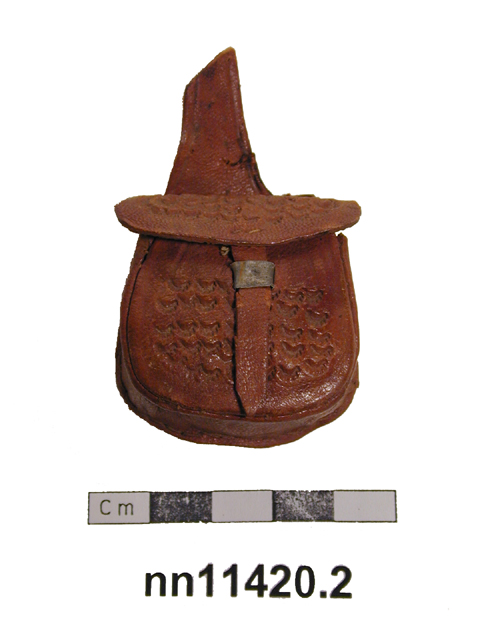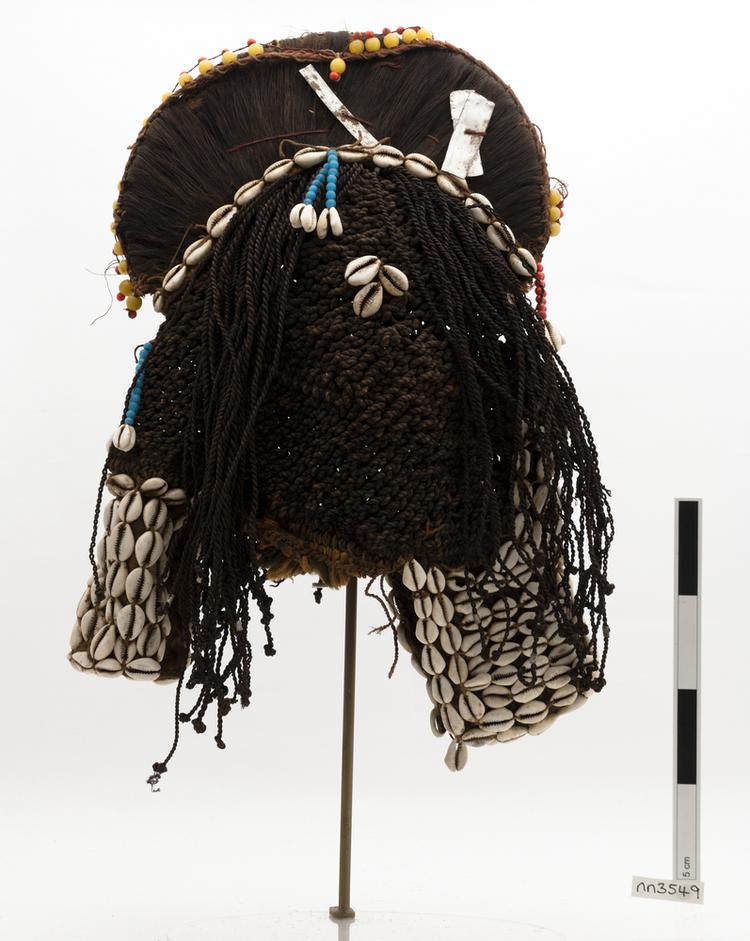
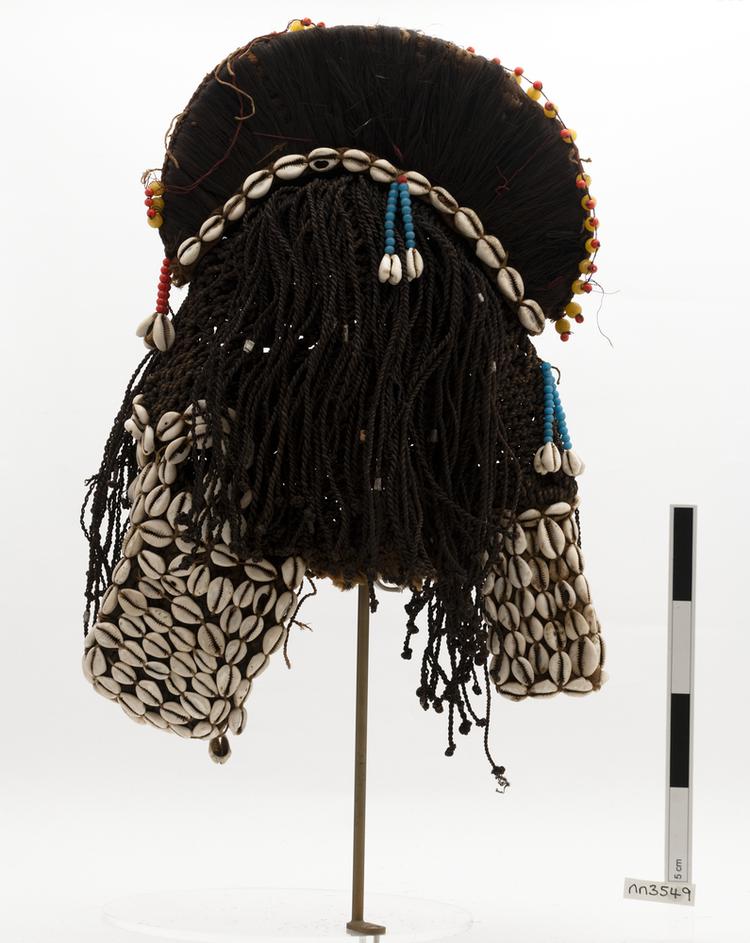
Mask for a masquerade costume made with cowrie shells, string, beads, and hair. Dogon people, Mali. Fulani.
The crest on the top of this mask is typical of the Fula-speaking people (in French Peuhl). The Fulani are shepherds or traders living in the savannah region from Senegal to the Sudan and take great care over their appearance for aesthetic reasons as well as to distinguish their relative social groups (age, family etc). The young women wear their hair in richly ornamented crests (in the case of this mask, decorated with cowries and beads) of variable heights and thickness. Different types of ornaments can include small gold rings, beads, and coins. From the mid eighteenth century the arrival of foreign silver coins were incorporated into jewellery. In this case, the plaits fall down on either side of the crest. Another example of the ways in which hairstyles are used to transmit social status or messages is from the Bamana-speaking people – a women wearing a hairstyle that is divided into four equal plaits lets people know that she is pregnant. Ref: Falgayrettes-Leveau and Hahner-Herzog, 2003:69-70



